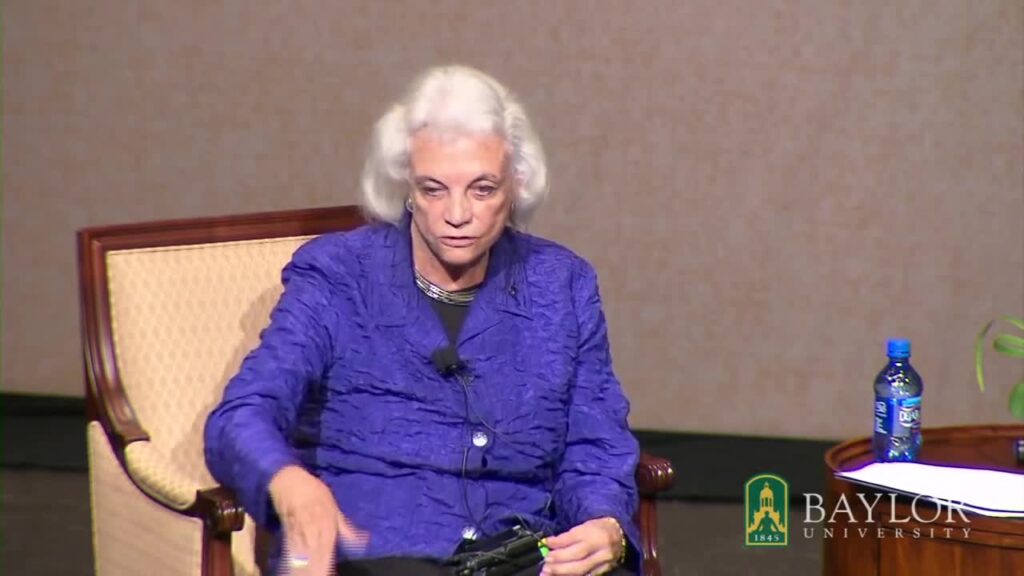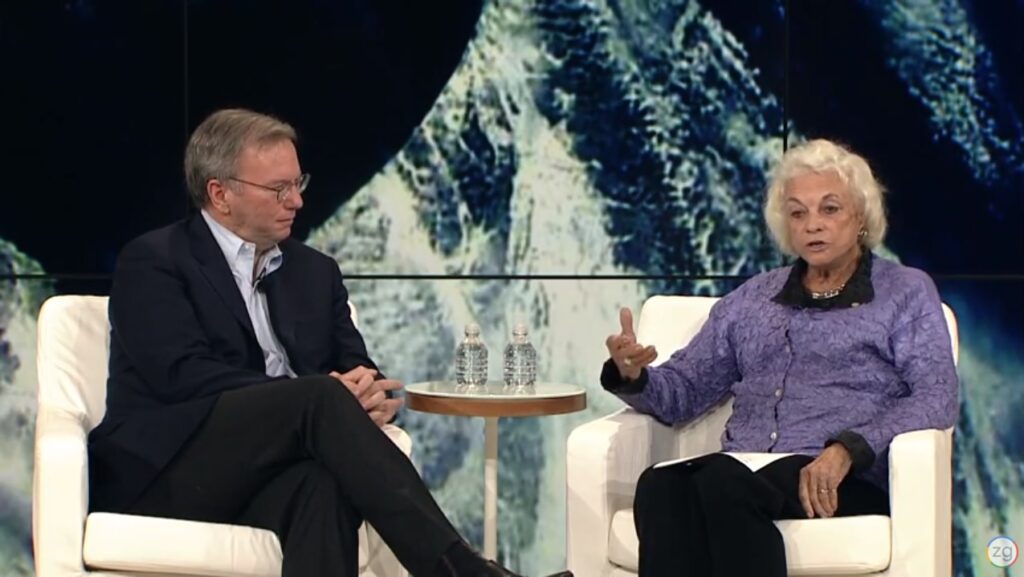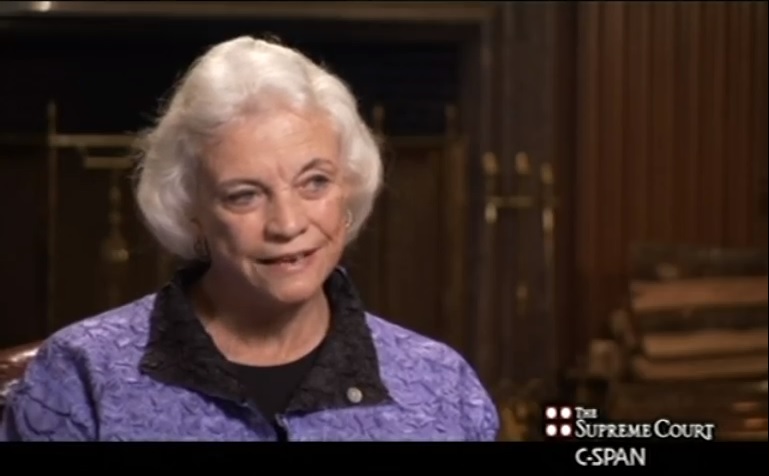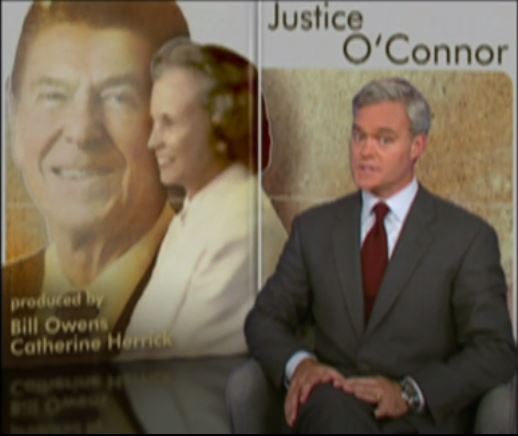Interview with Ken Starr at Baylor University
Unknown Speaker Nice to see. Elizabeth Davis Good afternoon. I’m Elizabeth Davis, executive vice president and provost at Baylor University. It’s my pleasure to welcome you to the third on topic with President ken starr conversation is indeed a privilege to participate in an event that brings together so many students, faculty, staff, and friends from the community. Baylor’s motto is pro athletes sia, protect sauna, for the church and for Texas. While our full our commitment to the church has not changed and will not change the demands of a globalized 21st century require us to think about our commitment to Texas as a metaphor for a commitment to the world beyond our borders. And that vein, these on topic conversations between our president and world renowned experts are designed to stimulate dialogue within our community on issues vital to us all. Joining judge star today is Justice Sandra Day O’Connor. Justice O’Connor was the first woman to serve on the United States Supreme Court. her accomplishments are extraordinary, particularly in light of the era in which she began her career. Sandra Day O’Connor was born in El Paso, Texas, and grew up on her family ranch. The lazy be in South Eastern Arizona during the Depression. Her parents were determined that she gained an education but the options were limited given remote location of the ranch. So her parents center to live with her grandmother to attend school, and she graduated high school early. At the age of 16 and 1946




